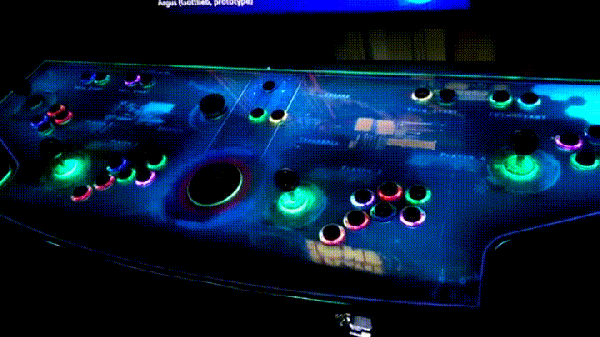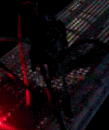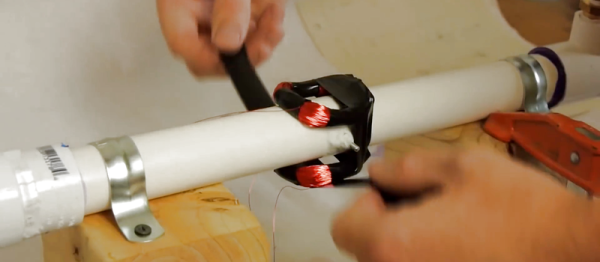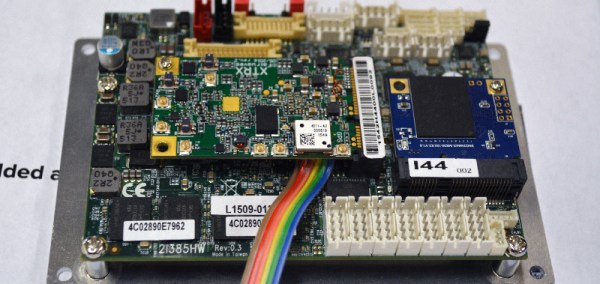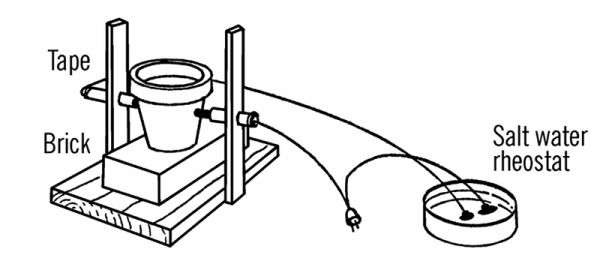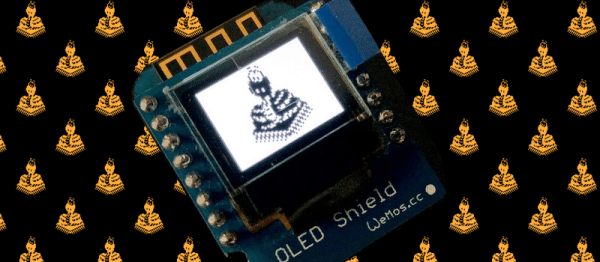Reflectance transformation imaging (RTI), or polynomial texture mapping, is a very interesting imaging technique that allows you to capture all the detail of an object. It’s used to take finely detailed pictures of scrawlings on cave walls in archeology, capture every detail of a coin for coin collectors, and to measure the very slight changes in a work of art.
RTI does this by shining light over an object at very particular angles and then using image processing to produce the best image. Despite being only a few LEDs and a bit of software, RTI systems are outrageously expensive. For his Hackaday Prize entry, [leszekmp] is building his own RTI system. It’ll cost about $600, making this the best way for Citizen Scientists to capture the best image possible.
RTI is simply shining light onto an object and taking synchronized pictures of the object from directly above. As you can imagine, putting LEDs in a dome is the obvious solution to this problem, and already [leszekmp] has made three systems that works well on domes up to a meter in diameter. The electronics are as simple as an Arduino shield and a few MOSFETS, and the dome itself is an off the shelf component. It’s a great project that enables better photography, and one of the simplest and best entries we’ve seen for The Hackaday Prize.






